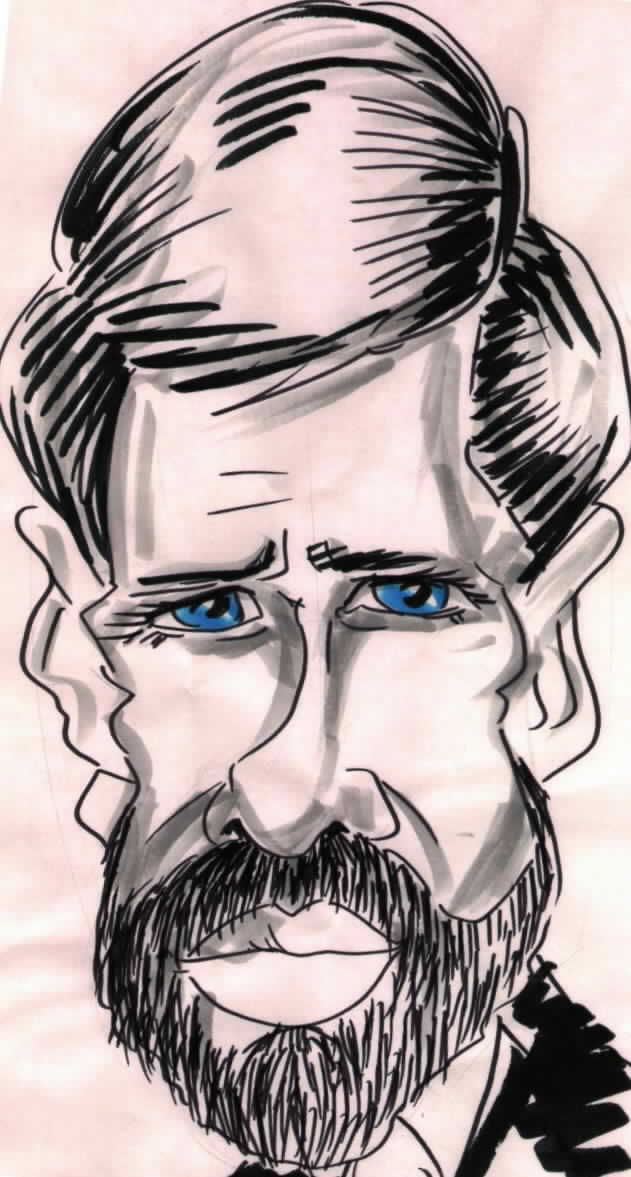 Managing Your
Managing YourAugust 1999
![]()
Last month we identified five sources of risk in the
organization and how risk scenarios can help draw them out.
Now, it’s time to generate solid solutions at the lowest possible cost.
A clear understanding of the situation, a dash of creativity and proper
motivation can yield effective and surprisingly inexpensive fixes.
This work is best done by a small cross-functional team of
staff. An excellent management
development opportunity, this process sensitizes team members to the many
sources of risk in the organization. Best
industry practices worldwide should always be considered, but before simply
copying ideas from elsewhere, make sure they are fully understood and feasible
in your environment.
The best solution to any risk is elimination, provided
this doesn’t knock out a valuable benefit.
Next best is one that doesn’t rely on human intervention.
Simple is usually better. Warning
systems are next in line, but they must be reliable or they’ll quickly cause
more harm than good. Last come
policies, rules and procedures. While
these are popular, their success depends largely on that very fallible creature
– the Mark I Human Being. Unless
you can train vigorously and hold people to strict account, beware of procedural
fixes!
The good news: there are nearly always more solutions to your risks than you first believed.
![]()
If those fixes
![]()
![]()
![]()
Just drop us an e-mail, fax or call.
|
Risk Solutions offered by CADMUS:
Your first consultation & briefing is free. Michael Murphy spent 17 years (78-96) with Transport Canada, his last five as Regional Director General, Aviation in Winnipeg. Originally trained as a professional pilot, he is the author of an internationally acclaimed 500-page report entitled "An Evaluation of Emergency Response Services at Airports in Canada," currently in its second edition (August 1999). He is also the Chairman of the Air Passenger Safety Group (APSG), a Director of Transport 2000 Canada, a Director of the Ottawa Chapter of Christian Businessmen's Committee (CBMC) and the Secretary General of the Peugeot Club of North America (PCNA). |
![]()
(Available in Word 97 by email or by fax from):
e-mail: Michael Murphy
CADMUS Corporate Solutions Limited
59 Queensline Drive,
Nepean, Ontario K2H 7J4
Tel. (613) 829-0602 Fax (613) 829-6720
Home How we developed our risk management process
Process Step 1 Step 2 Step 3 Step 4 Step 5 For Senior Executives
How to contact CADMUS About our President
© 1999 CADMUS Corporate Solutions Limited